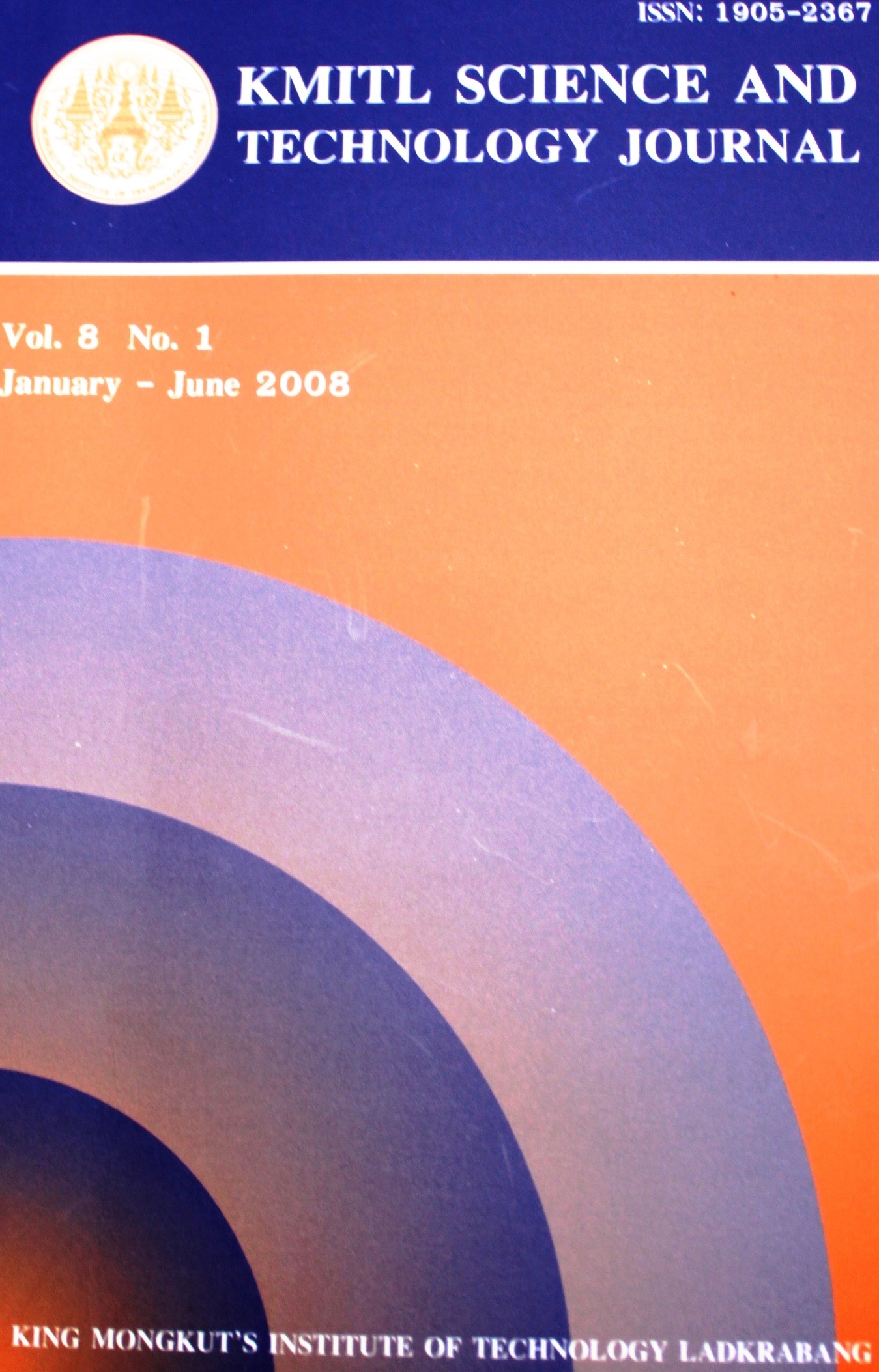A total of 87 lactic acid bacteria were isolated from 15 samples of pig gastrointestinal tract. Antimicrobial activities of all isolates grown under oxygen-restricted conditions to eliminate the effect of hydrogen peroxide were tested against 5 pathogenic bacterial strains using agar well diffusion technique. Seventeen isolates exhibited antimicrobial activity against at least one indicator strain tested. Among the 17 isolates, two strains of Lactobacillus amylovorus/ L. sobrius and one strain of Lactobacillus reuteri were found to produce antimicrobial compounds other than organic acids. The neutralized supernatants from two L. amylovorus/ L. sobrius strains inhibited the growth of Escherichia coli and Listeria monocytogenes, respectively. Therefore, these strains may have potential use as an alternative to antibiotics for pigs. The strains can also be used to produce antimicrobial compounds which can be a substitute for chemical preservatives in food industry. Diversity of lactic acid bacteria with antimicrobial activities was studied by identification to the species level of the 17 isolates. This was achieved by sequencing of approximately 500 bp of 16S rRNA gene which contained V1 and V2 variable regions and comparing the sequences with existing data in GenBank. Of the 17 isolates, 7 isolateswere identified as Lactobacillus reuteri, the other 10 isolates were identified as Lactobacillus amylovorus/L. sobrius (4 isolates), Lactobacillus mucosae (3 isolates), Lactobacillus acidophilus johnsonii/L. johnsonii (2 isolates) and Streptococcus alactolyticus (1 isolate).
KEYWORDS: antimicrobial compounds, lactic acid bacteria, pig gastrointestinal tract
E-mail: inonjakr@yahoo.com
Khunajakr*, N. ., Wongwicharn, A. ., Moonmangmee, D. ., & Tantipaiboonvut, S. . (2018). Screening and Identification of Lactic Acid Bacteria Producing Antimicrobial Compounds from PIG Gastrointestinal Tracts. CURRENT APPLIED SCIENCE AND TECHNOLOGY, 8-17.
